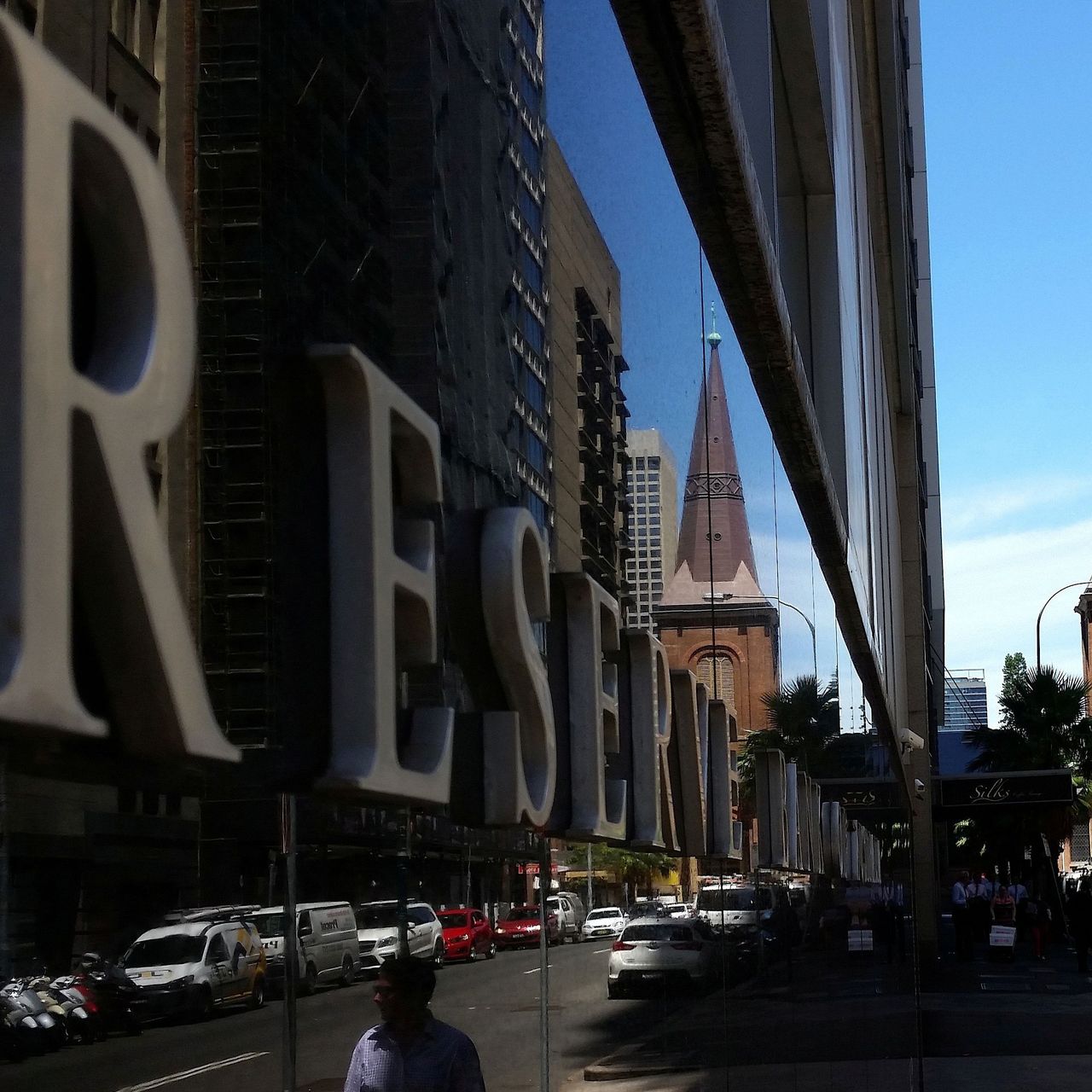Source: CoreLogic
As widely expected, the RBA kept monetary policy settings on hold at its April meeting, with the cash rate remaining at 10 basis points and the interest rate on Exchange Settlement balances at 0.0%.
Although underlying inflation, at 2.6%, is slightly above the middle of the RBA’s target range, the RBA is remains uncertain as to whether core inflation will remain in the target range, given the potential for higher energy costs and supply side issues to be transitory. The outlook for wages growth is another key area of uncertainty, with the RBA noting they still expect a pickup in wages growth to be only gradual.
On the housing front, the RBA notes some housing markets have eased recently. CoreLogic’s Home Value Index (HVI) shows this slowdown is evident across most of the capital cities and regional markets, although conditions are becoming increasingly diverse.
The good news for home owners is that variable mortgage rates are set to remain at their historically low settings for at least another month. On the other hand, fixed term mortgage rates are consistently rising, reflecting expectations for a higher future cost of debt.
The rise in fixed term mortgage rates is just one of the factors contributing to a gradual slowdown in the rate of housing value growth; other factors working to slow the housing market include affordability constraints, a lower rate of household saving, lower consumer sentiment and higher supply levels in some cities.
Although the cash rate remained on hold [April 5], it’s looking more likely we will see a higher cash rate within the next few months. The RBA has stated it is prepared to be patient and make its decisions based on evidence rather than forecasts. With this in mind, March quarter inflation data is released on April 27 and the March quarter wage price index is out on May 18. These two readings will be critical for providing some guidance on the timing of the first rate hike.
Clearly, a higher cash rate is downside risk for housing markets, especially when housing debt relative to household incomes is at a record high. While we don’t expect to see a substantial rise in distressed listings coming on the market or higher mortgage arrears, it is likely indebted home owners will need to dedicate more of their incomes towards debt servicing as interest rates rise, and we could see some renewed weakening in housing growth trends as interest rates lift.
A softening in housing values could also result from new housing demand falling, as the cost of mortgages rise and buyer hesitancy is higher during downswings.
On the upside, the RBA also notes the strengthening economy, which is evident in the tightness of labour markets. Unemployment and under-employment rates are anticipated to trend even lower from already low levels. The ongoing improvement in economic conditions and labour markets, along with a rebound in overseas migration, will be key in keeping a floor under housing demand.

